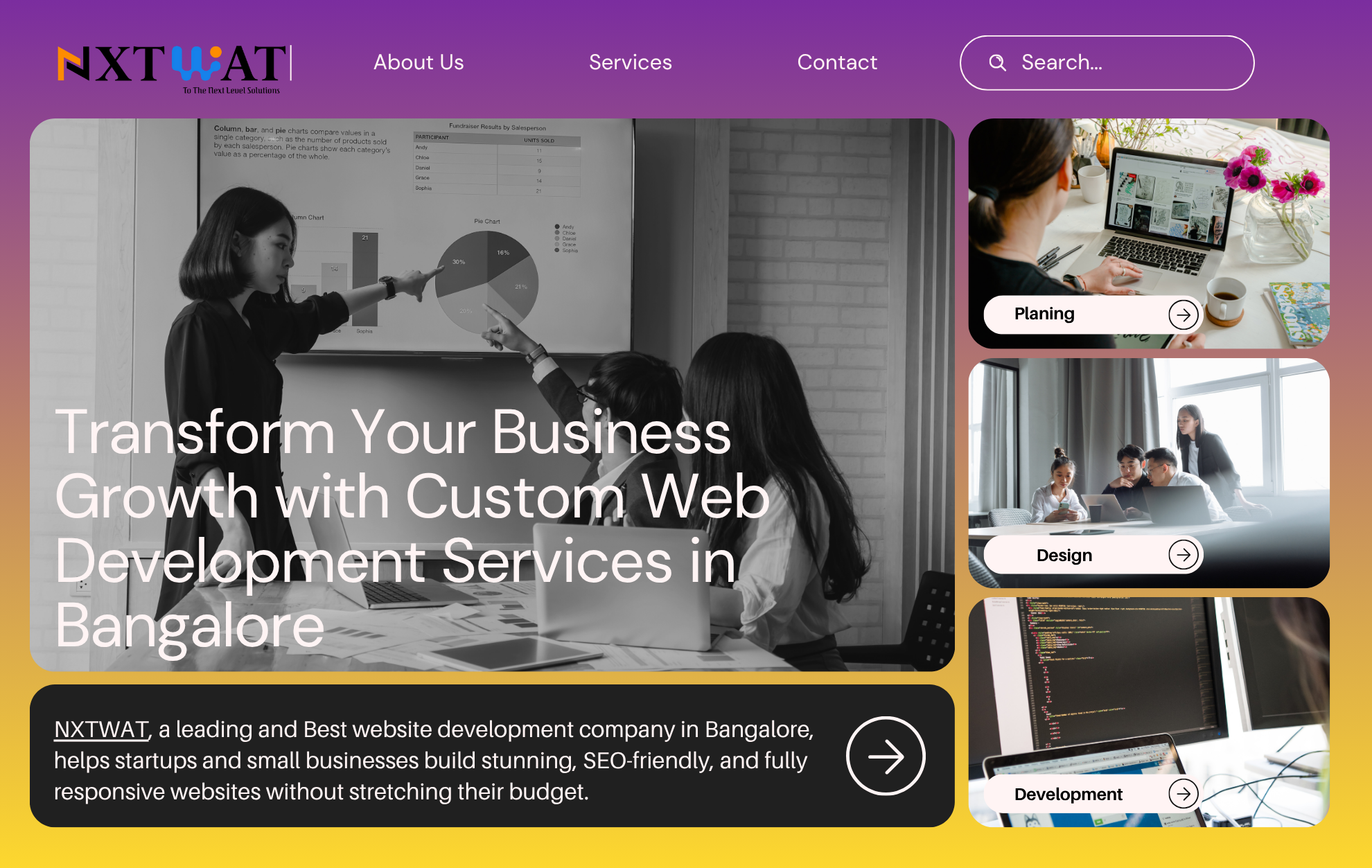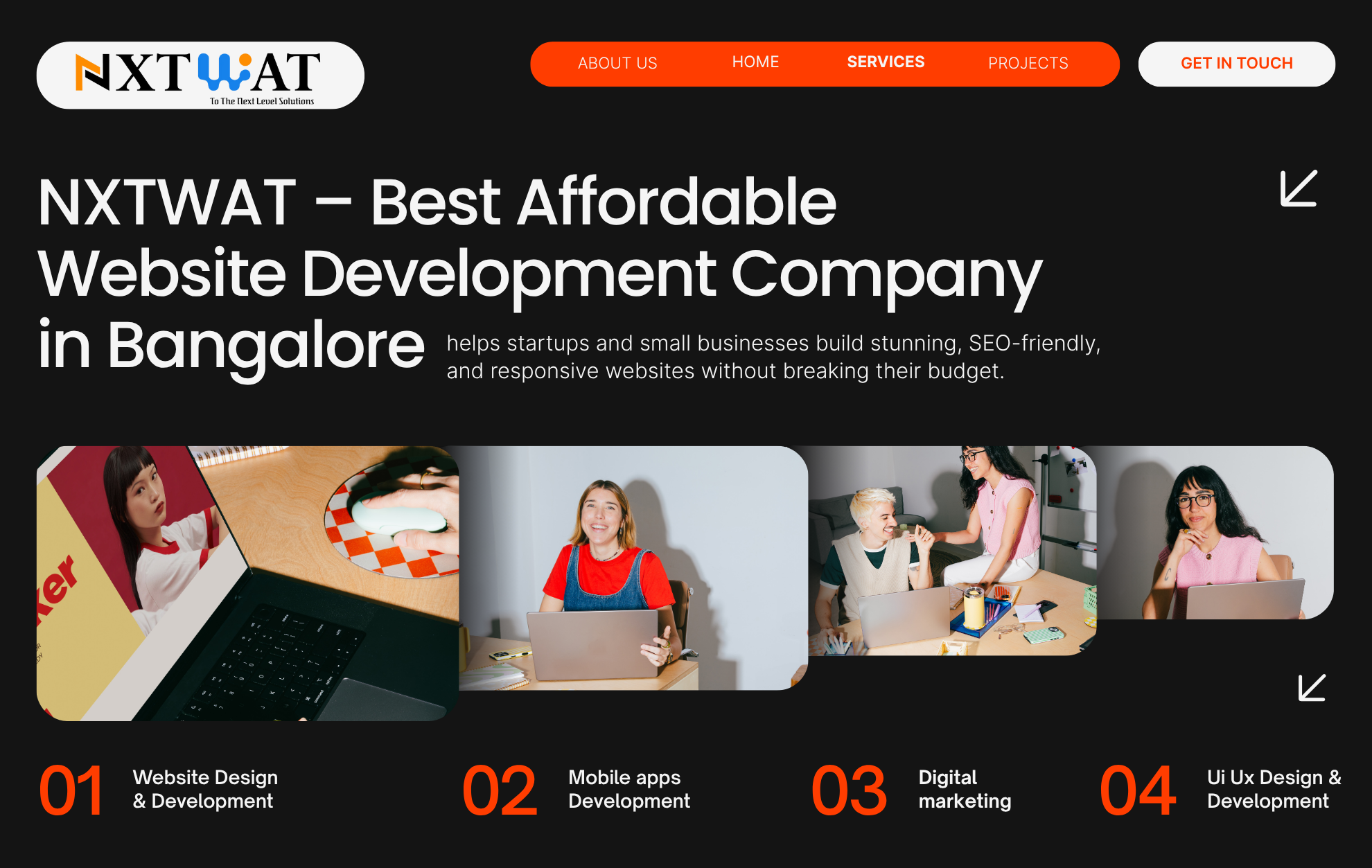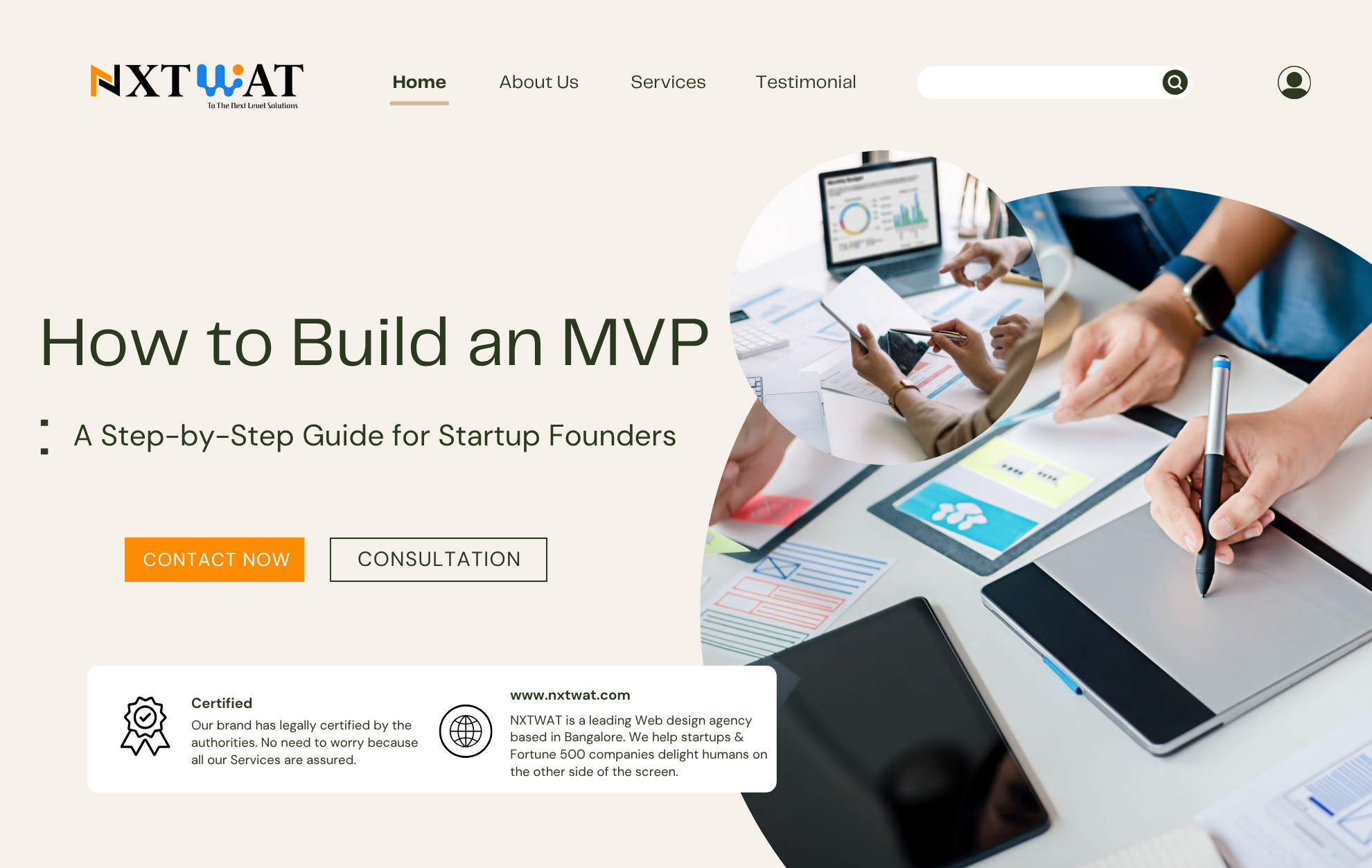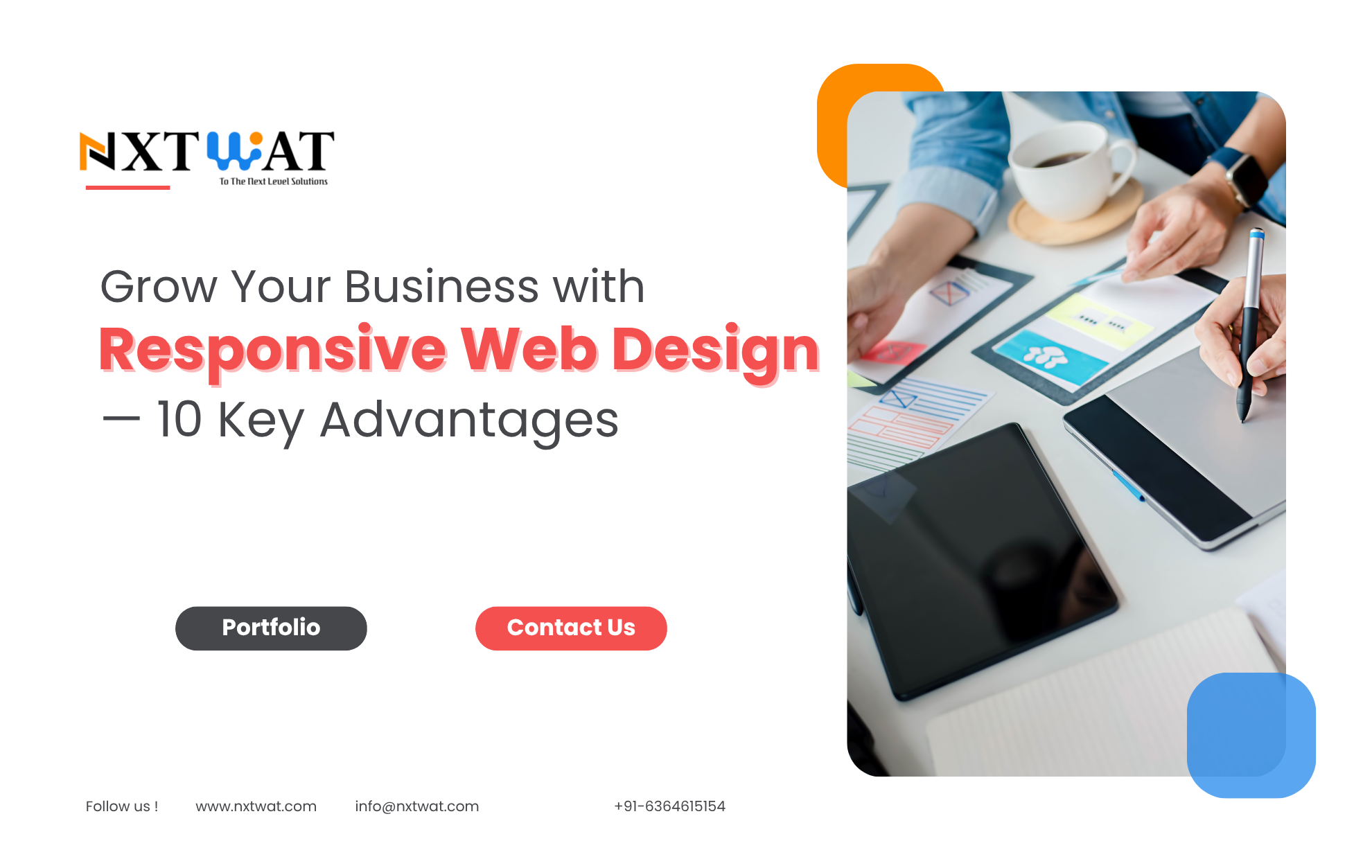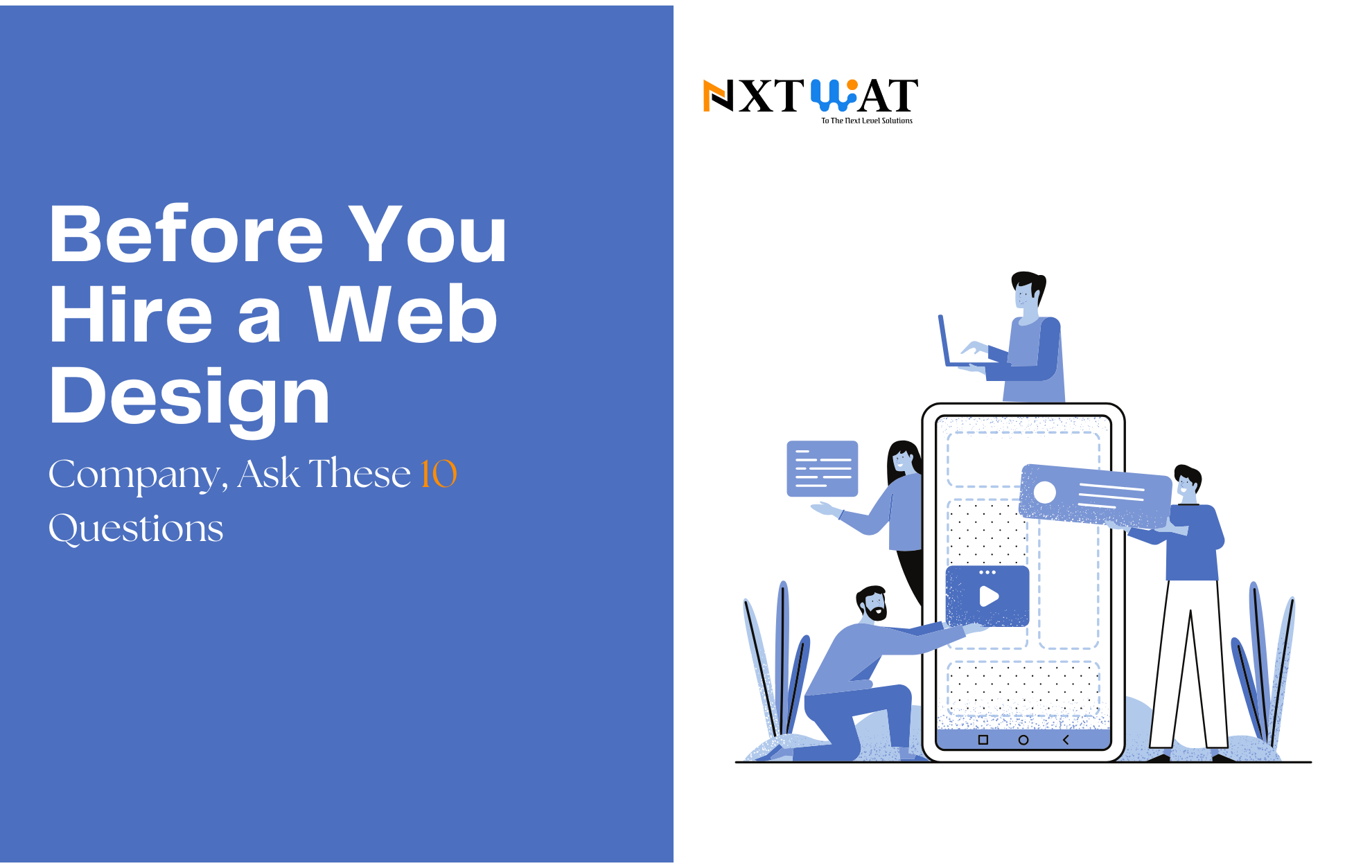Introduction: Why MVP Development Matters Today
In today’s fast-paced digital world, businesses cannot afford to spend months (or years) developing a full-fledged product that might fail after launch. This is where MVP development (Minimum Viable Product development) becomes invaluable. MVP is the smarter, faster, and more cost-effective approach to validating your product idea before investing heavily in time, money, or manpower.
An MVP development company helps startups and enterprises build only the core features users need to test the product’s potential. Whether it’s MVP app development, MVP software development, or MVP in web development, the goal remains the same:
Launch quickly. Learn fast. Scale confidently.
Building an MVP also allows you to understand how frontend, backend, and website structure (static or dynamic) impact user testing and product performance.
What Is MVP in Software Development?
MVP development is the process of creating a simplified version of your product with only the essential features — enough to solve the core problem and validate customer interest.
Instead of assuming what users want, you build a working, basic version and gather real user feedback before scaling.
Example:
You want to build a food delivery app. Instead of developing loyalty rewards, reviews, and chat features, you focus only on browsing menus and placing orders.
That simplified version is your MVP.
MVP also helps integrate essential frontend and backend workflows, enabling faster development cycles and efficient testing.
Why Startups and Businesses Choose MVP Development
MVP isn’t just a startup trend — even large enterprises use it to innovate faster.
Benefits of MVP Development
- Low Risk, High Learning — Validate assumptions before investing more.
- Faster Launch — Get your idea to market quickly and start collecting data.
- Investor Confidence — A working MVP attracts funding faster.
- Real User Feedback — Improve product-market fit based on actual user behavior.
At NXTWAT, our MVP development experts combine strategy + technology to convert raw ideas into validated digital products. With strong UI/UX and responsive design, your MVP delivers immediate value and strong first impressions.
MVP Development Process: From Idea to Launch
A professional MVP development company follows a structured path:
- Idea Validation & Research – Market research, user needs analysis, competitor benchmarking.
- Feature Prioritization – Focus on must-have features, not nice-to-haves.
- UI/UX Design – Simple, intuitive interface optimized for responsive experiences.
- MVP Software Development – Agile development with quick iterations.
- Testing & Launch – Validate usability and performance in real-world conditions.
- Feedback & Scaling – Collect insights and enhance the product based on data.
How to Develop an MVP (Step-by-Step Guide)
- Define your target audience.
- Identify the core problem.
- Prioritize only features that solve the problem.
- Build prototypes and test early.
- Use agile methodology to develop your MVP.
- Collect real feedback and improve continuously.
Frameworks like Flutter make MVP development faster because they support cross-platform apps, reducing cost and time.
For businesses requiring automation, MVP can be integrated with web-based ERP software from the beginning.
MVP Development Across Industries
MVP can be applied to various domains:
- MVP in Mobile App Development — Test user engagement quickly.
- MVP in Web Development — Focus on navigation, responsiveness, and performance.
- MVP Product Development — Build based on feedback, not assumptions.
- MVP Agile Development — Iterate rapidly and improve.
- MVP for Startups & Enterprises — Reduce risk and validate new concepts.
- MVP Game Development — Build core mechanics first and expand based on user interest.
How Much Does MVP Development Cost?
MVP cost varies depending on:
- Type (app, website, software)
- Number of features
- Technology stack (Flutter, React, Node.js, etc.)
- UI/UX design complexity
On average, MVPs cost up to 60% less than full-scale product development — making them the preferred choice for founders.
If modernization is needed later, website redesign services can help enhance UI/UX as you scale.
MVP Development Stages
- Concept — Define the idea, goals, and audience.
- Prototype — Visual mockups for validation.
- Development — Build core features.
- Launch — Test with real users.
- Growth — Improve and scale into a full product.
Choosing the Right MVP Development Company
Look for a company that offers:
- Strategic consulting + product roadmap
- End-to-end MVP development
- Agile delivery with transparency
- Cross-platform development capability
- Experience in scaling products post-MVP
At NXTWAT, we have helped startups and enterprises launch successful MVPs by combining powerful technology with user-first designs.
Final Thoughts: Why MVP Is the Future of Product Development
In a market where innovation moves fast, MVP development empowers you to test ideas early and refine based on real-world data. It bridges the gap between an idea and a successful product.
Whether you’re a startup or enterprise, investing in an MVP is the smartest first step.
If you’re in India, partnering with a web design and MVP development company in Bangalore like NXTWAT gives you a competitive advantage — blending creativity, strategy, and technology.
Your Queries Answered
1. Why do most startups fail during product development?
They skip validation and build full products without testing an MVP.
2. How does MVP reduce cost and risk?
You build only core features, gather feedback, and improve based on data.
3. What if my MVP fails?
User feedback helps you pivot or refine your solution — without major loss.
4. How long does it take to build an MVP?
Typically 4–12 weeks, depending on complexity.
5. Biggest mistake in MVP development?
Trying to make the MVP a full product and overbuilding unnecessary features.
6. Can I build an MVP without technical knowledge?
Yes — a professional MVP development company handles strategy, design, and coding.
7. When is an MVP ready to scale?
When user feedback validates demand and core features work effectively.

